In an age of fleeting trends and mass production, a quiet revolution is underway within the world of interiors – a return to heritage, craftsmanship and timeless elegance. Dubbed the “old money aesthetic,” this design ethos goes beyond surface beauty. It champions substance over spectacle, restraint over ostentation and legacy over novelty. Rooted in generational wealth and time-honoured tradition, the old money aesthetic tells a story of permanence, of homes designed not for Instagram, but for inheritance.
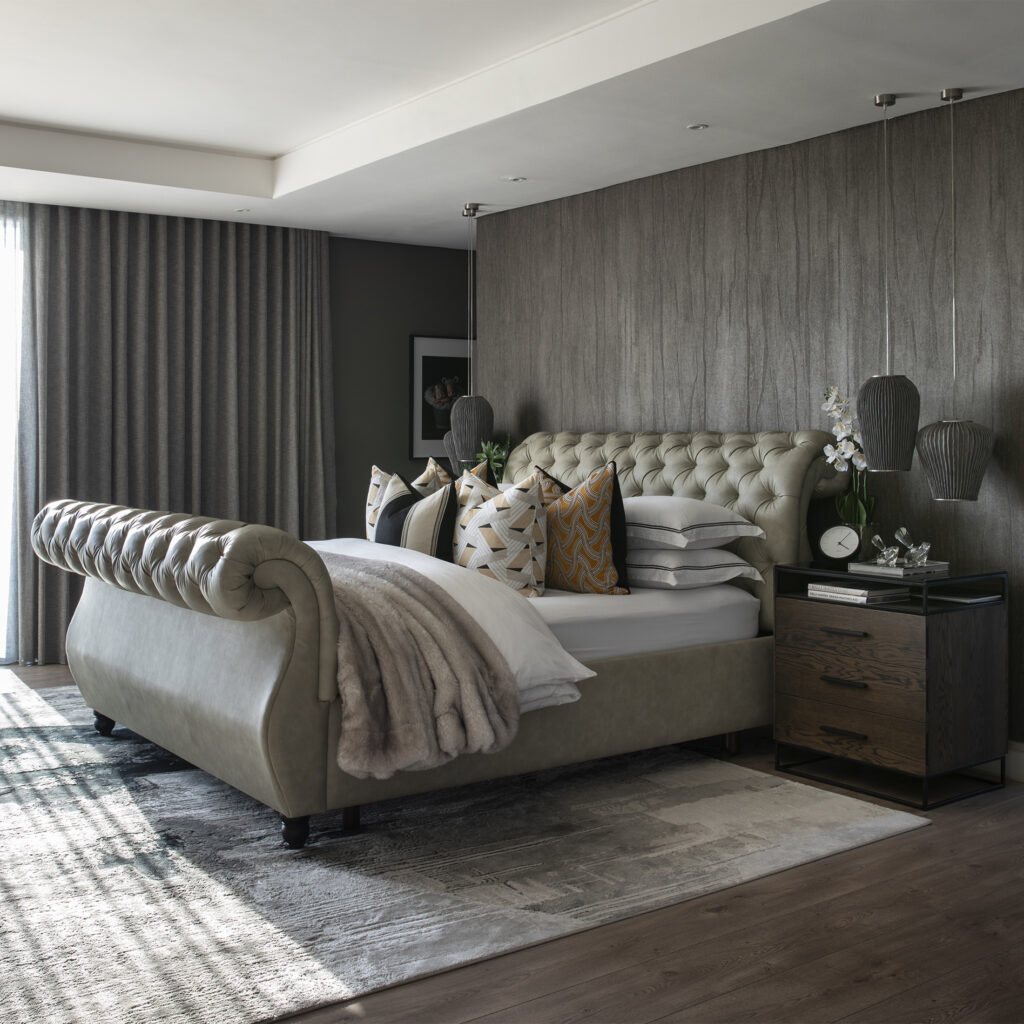
How do you capture this enduring look in your own home? Vinette Diab-Nicholls, CEO and head designer at GIAVA INTERIORS, says that the answer lies in a considered blend of quality materials, bespoke design, and refined restraint.
Invest in solid-wood furniture: A foundation of longevity
At the heart of the old money look is furniture built to last – not for five years, but for five decades or more. Solid-wood furnishings, particularly those crafted from oak, walnut, or mahogany, form the backbone of this aesthetic. These pieces not only exude warmth and character, but they also acquire a patina over time that enhances their charm.
Avoid flat-pack solutions and trend-driven silhouettes. Instead, seek out heirloom-quality furnishings: a sturdy dining table, a roll-arm sofa with exposed wood legs, or a durable cabinet. The focus should be on enduring form and function, not flashy finishes. Even when contemporary, the lines should feel grounded and respectful of classical proportions.
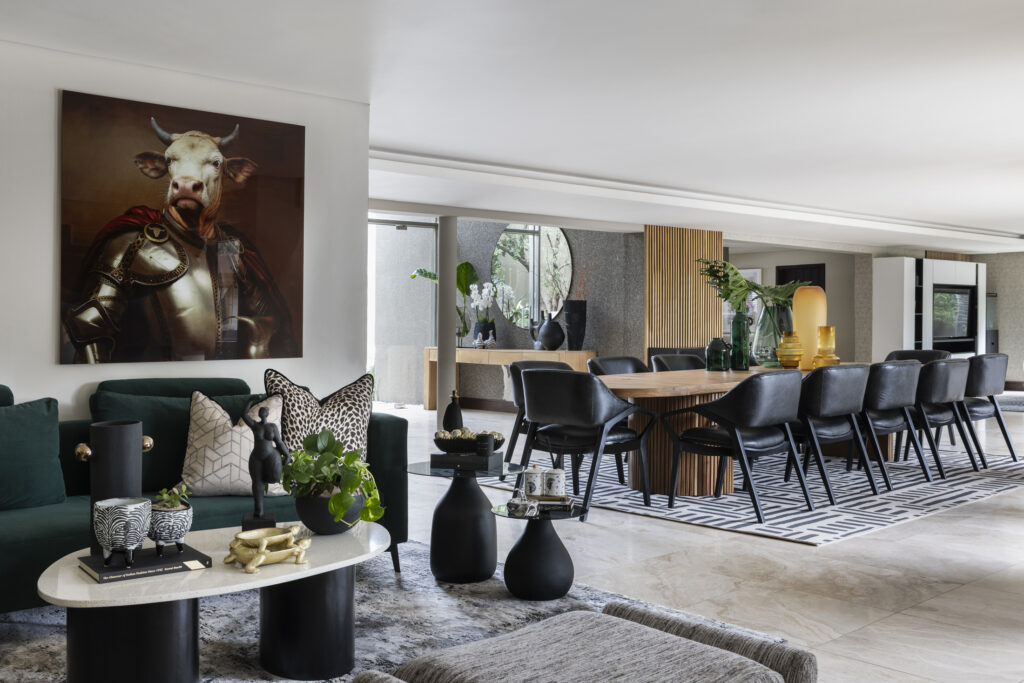
The beauty of custom and handcrafted pieces
True luxury, in the world of old money design, is quiet and deeply personal. Custom-built furniture and handcrafted decor reflect this philosophy, emphasising exclusivity not through branding, but through uniqueness and intention.
Work with local artisans or boutique workshops to design one-of-a-kind items tailored to your space. A hand-turned wooden staircase baluster, a made-to-measure built-in library, or even a meticulously stitched set of drapes adds richness that no off-the-shelf product can replicate. These are not just decorative elements; they are a celebration of human skill and attention to detail.
Handcrafted accessories also play a key role – think hand-knotted rugs, bespoke lighting and handcrafted décor. Even practical items like lampshades, curtain rods, or drawer pulls can elevate a room when chosen with intention and sourced from makers who value their craft.
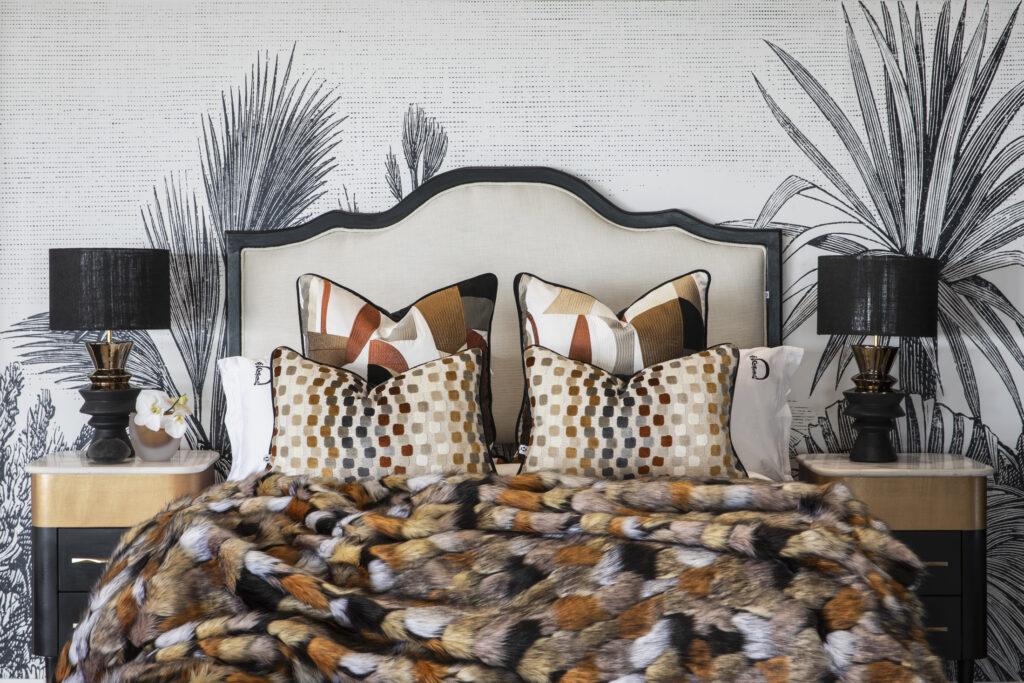
Durable materials for a lifetime of living
There’s a quiet confidence in choosing materials that improve with age. Natural stone, hardwood, brass, and leather all wear beautifully and convey a lived-in elegance that synthetic or trend-based materials struggle to emulate.
Marble countertops with delicate veining, aged brass faucets with softened patina, linen upholstery that wrinkles just so – all contribute to the sense that this is a home with history. Textiles should favour natural fibres: wool, cotton, and linen over polyester and plastic blends. Even when new, these materials suggest a story, one that will only grow deeper with time.
Flooring should follow suit: herringbone hardwood, limestone tiles, or reclaimed parquet flooring all offer character and resilience. Layering vintage-look rugs not only adds texture and warmth but also infuses the space with a sense of continuity between generations.
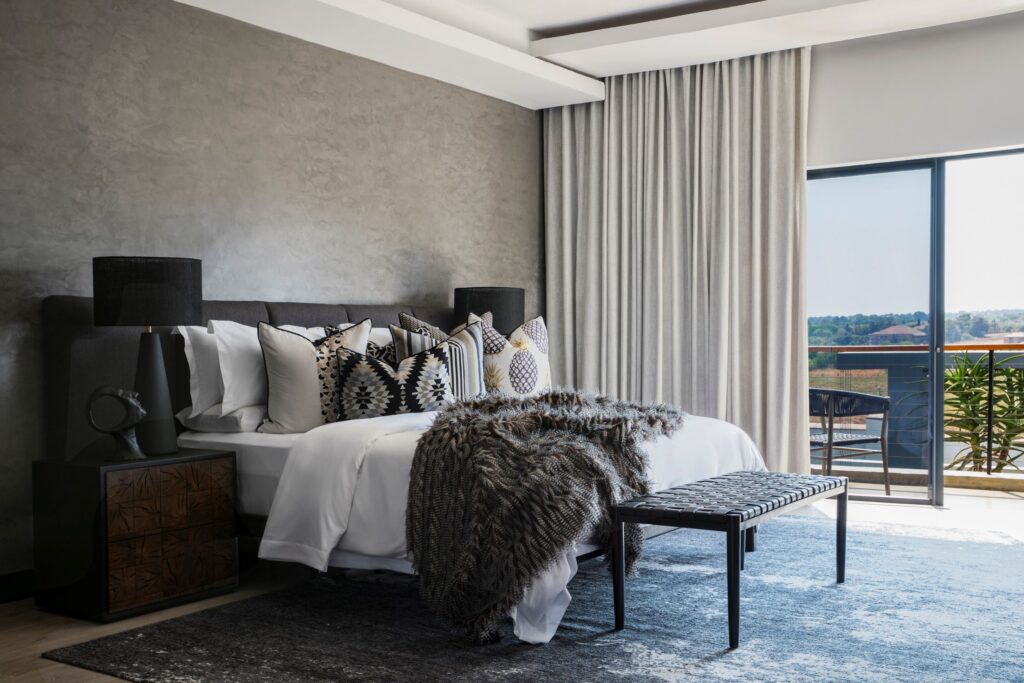
The role of the interior designer: Expertise and editing
While the old money aesthetic values heritage, it is never haphazard. Great design, after all, often lies in what’s left out. A professional interior designer is indispensable in achieving this level of refined restraint. Their eye ensures cohesion, proportion, and the right balance between tradition and comfort.
Designers fluent in this style will not only help source high-quality materials and furnishings but will also serve as curators, layering pieces in a way that feels collected, not cluttered. They understand the nuanced differences between “vintage” and “antique,” “rustic” and “refined,” and how to thread a unifying tone through disparate elements.
Whether designing a panelled library, a drawing room with tailored upholstery, or a serene bedroom dressed in crisp, monogrammed personalised linens, a seasoned designer will elevate the space beyond Pinterest imitation. Their work ensures your home feels not like a showroom, but like a sanctuary passed down through generations.
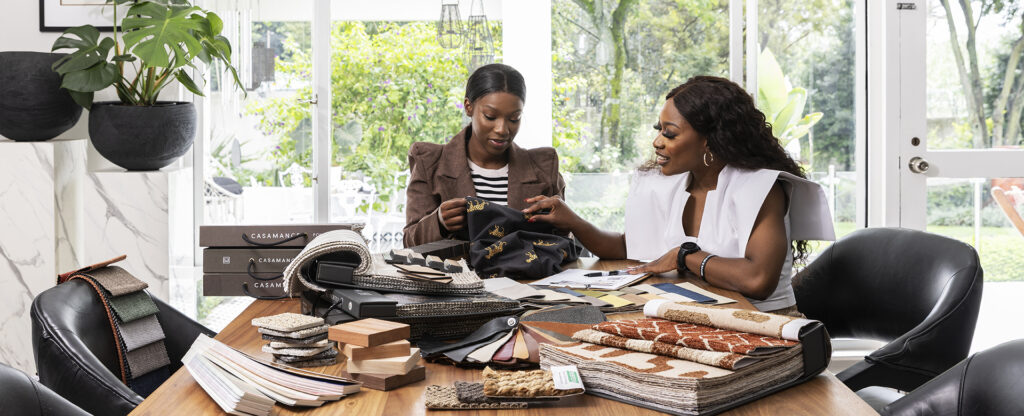
Modern touches, timeless soul: Blending the old with the new
While the old money aesthetic leans heavily on tradition and legacy, that doesn’t mean your home must feel like a museum. In fact, when done with intention, modern elements can bring a fresh edge to a classically grounded space, creating a dynamic tension that feels both elevated and liveable.
The key is restraint. Think of modern pieces as punctuation marks in a longer, classical sentence. A minimalist light fixture in an otherwise traditional room can create a focal point that feels daring but not disruptive. An abstract painting hung above an antique console introduces contrast but also allows each piece to breathe and be appreciated on its own terms.
Keep silhouettes clean and sculptural. Mid-century modern chairs, for instance, pair beautifully with more ornate millwork or classic panelling, as their clean lines offer visual relief. Choose quality materials that honour the old money preference for durability. Think solid wood coffee tables, handcrafted ceramic vases, or solid wood case goods with contemporary lines.
Technology, too, can be incorporated without breaking the spell. Hidden speakers, motorised shades tucked behind custom drapery, or discreet home automation systems keep functionality modern while allowing the visual experience to remain steeped in elegance.
Ultimately, mixing the old with the new isn’t about compromise, it’s about conversation. When classical craftsmanship meets modern clarity, the result is a home that feels sophisticated, grounded, and wholly original. That’s the kind of understated confidence the old money aesthetic wears so well.
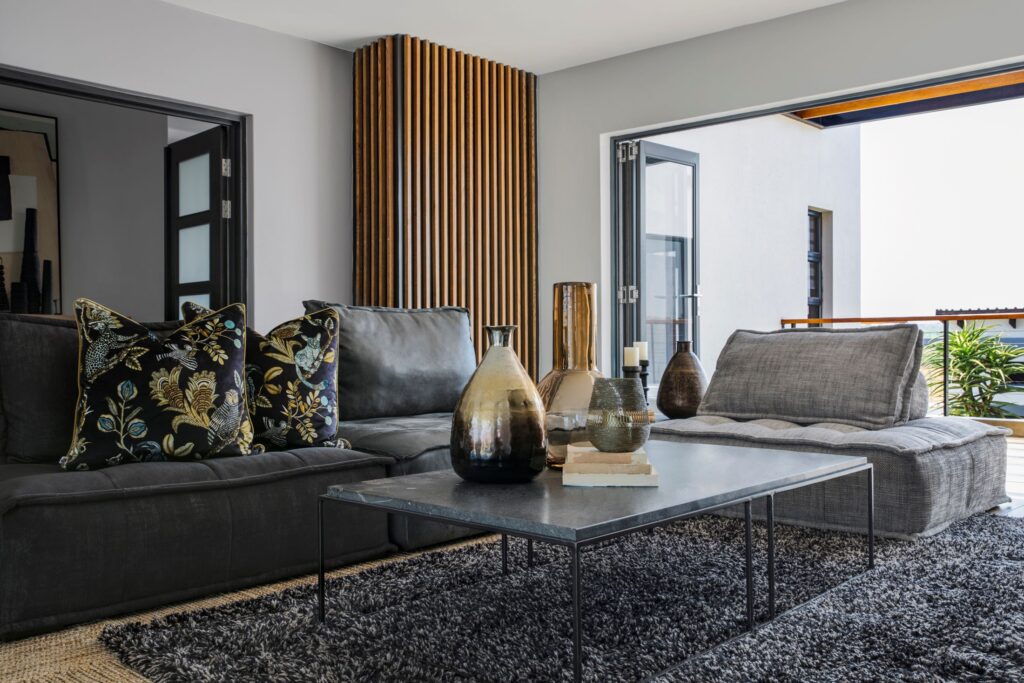
Quiet colours and understated glamour
Colour, in the old money world, whispers rather than shouts. Think soft taupes, warm ivories, navy blues, and moss greens; tones that feel both timeless and rooted in nature. These hues serve as a backdrop for richer textures: the nubby wool of a throw blanket, the polished gleam of a brass candlestick, the subtle sheen of hand-rubbed wood.
Patterns should be traditional and used sparingly. Pinstripes, florals, and damasks are welcome, but best balanced with solids and neutrals. The goal is an atmosphere that feels calm, composed, and cultivated, not chaotic.
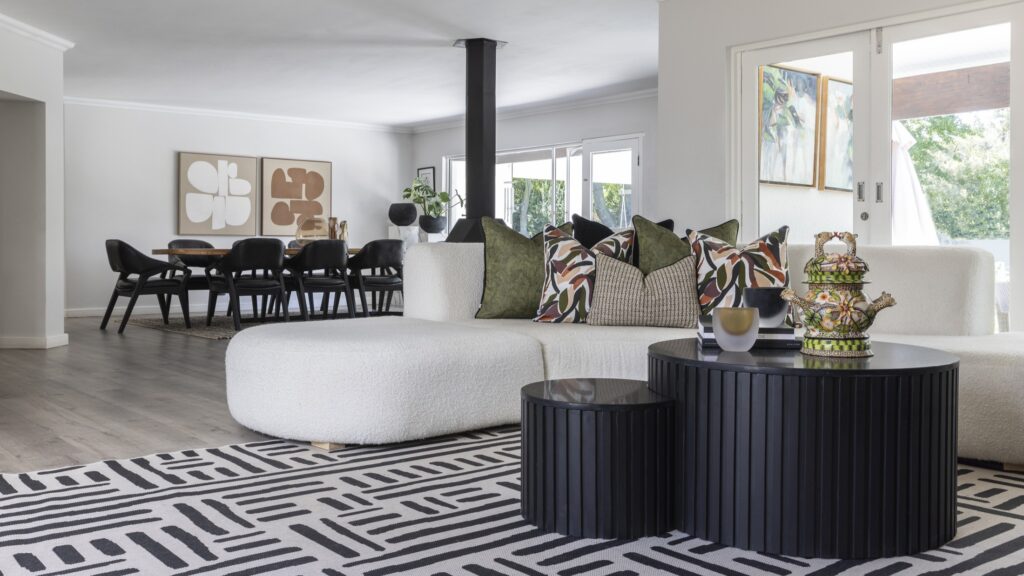


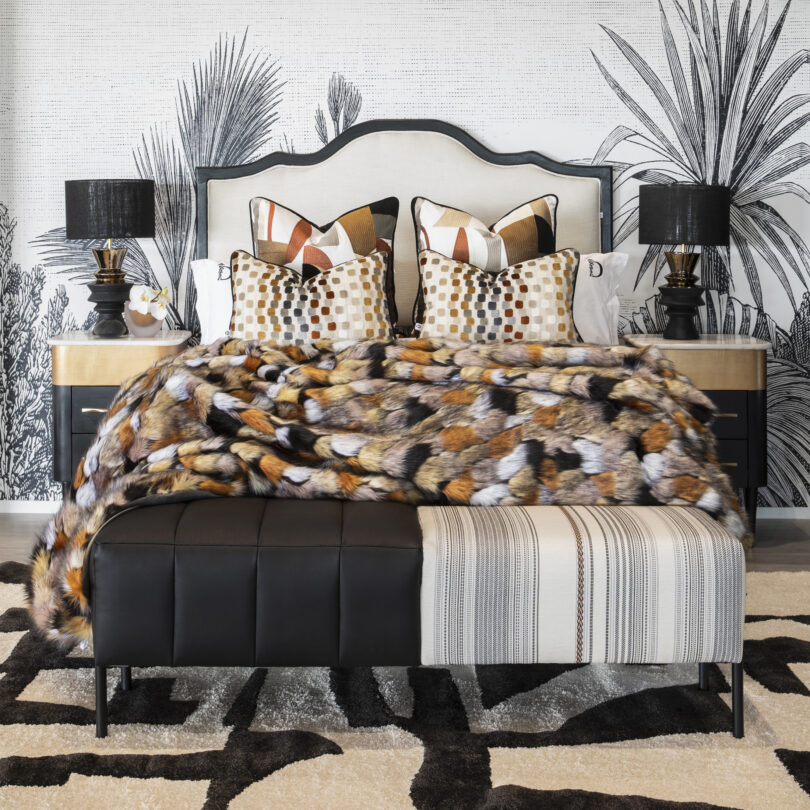





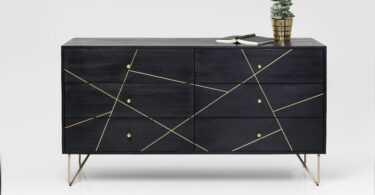
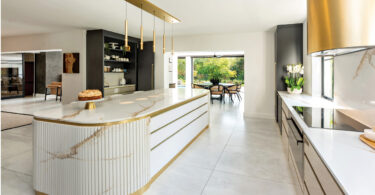
Leave a Comment